Concerto in Eb Major
Hob. VIIe:1
-
Ships in 1 to 2 weeks
Details
Description
SKU: CF.W2680
Hob. VIIe:1. Composed by Franz Joseph Haydn. Edited by Elisa Koehler. SWS. Set of Score and Parts. With Standard notation. 28+12 pages. Carl Fischer Music #W2680. Published by Carl Fischer Music (CF.W2680).ISBN 9781491144398. UPC: 680160901890. 9 x 12 inches. Key: Eb major.
Haydn's Trumpet Concerto in Eb Major for Bb Trumpet is unquestionably the most important solo work in the trumpet repertoire. Edited by soloist Elisa Koehler, this edition also includes the solo part for Eb Trumpet.
Haydn’s Trumpet Concerto is unquestionably the mostimportant solo work in the trumpet repertoire. It is the onlytrumpet concerto written by a major composer of statureand one of the earliest works for a fully chromatic highbrassinstrument that features melodic writing in the lowerregister. Baroque solo repertoire for the natural trumpet was,by contrast, very high and the difficult technique of clarinoplaying had fallen out of fashion in the late eighteenth centuryalong with the courtly traditions of the Baroque era. Haydn’sconcerto was genuinely revolutionary. Not only did it explorethe artistic possibilities of a new kind of trumpet, it launchedthe careers of classical trumpet soloists in the twentiethcentury and validated the trumpet as a solo instrument inthe concert hall and the recording studio. It was also Haydn’slast purely symphonic composition, his last concerto, and it isoften considered to be his best concerto for any instrument,let alone a trumpet. And yet, while the concerto is an essentialclassic today, it languished in obscurity for more than acentury after its premiere until it was revived through a BBCBroadcast by Ernest Hall (1932) and influential recordings byGeorge Eskdale (1939), Harry Mortimer (1949), and HelmutWobisch (1950).1Franz Joseph Haydn (1732–1809) composed the Concertoin E≤ Major (Hob. VIIe:1) for the Austrian trumpeter AntonWeidinger (1766–1852) and his newly invented keyedtrumpet in 1796. He premiered the work four years later onMarch 28, 1800 in Vienna. While it has often been reportedthat Weidinger and Haydn were friends, recent researchby musicologist Bryan Proksch has shown that Haydn wassomething like a guardian for Weidinger’s wife, Susanna Zeiss,the orphaned daughter of court trumpeter Franz Zeiss (d.1783), and that Haydn’s concerto may have been a gift for thecouple’s wedding in 1797, at which Haydn was a witness.2Haydn most likely composed the concerto for an idealizedconception of a chromatically capable trumpet, rather thanfor Weidinger’s actual instrument. It took Weidinger fouryears to make improvements to his keyed trumpet in order toperform the concerto. The two works he performed prior tothe Haydn premiere by Leopold Koželuch (1798) and JosephWeigl Jr. (1799) were less demanding than the Haydn andrequired only a few chromatic passages. When Weidingerfinally did perform the Haydn concerto at an “academy” in1800, ironically, hardly anyone came to listen. The diary ofJ. C. Rosenbaum, who did attend, reports that the hall was“empty” because the star attraction—the soprano ThereseGassmann—was “hoarse.”Weidinger’s keyed trumpet operated like a woodwindinstrument with levers (keys) that uncovered holes in thetrumpet’s tubing when pressed. The opened holes effectivelyshortened the length of the trumpet and consequentlychanged its pitch, which accessed additional notes from adifferent harmonic series. Contemporary accounts report thatthe instrument had a sweet, covered sound, similar to thatof a French horn played with hand-stopping technique.4 Thedifference in tone between keyed (open) and natural (closed)notes was minimized at softer dynamic levels. The sound ofthe keyed trumpet is no longer a mystery thanks to the manyfine recordings on modern reproductions by FriedemannImmer, Reinhold Friederich, and Crispian Steele-Perkins, forexample.Following the concerto’s revival in the twentieth century,several inconsistencies have crept into modern editions andrecordings. Two of the most common are the omission of theopening “warm-up notes” in the first movement (mm. 8–16)and the incorrect location of the cadenza and the end of thethird movement. This edition restores the opening “warm-upnotes,” because they are vital to the motivic structure of thefirst movement and represent one of Haydn’s best musicaljokes in the concerto: The “warm-up notes” are playableon the natural trumpet, which makes the unplayable low Dand subsequent low register scales in the first solo passage(mm. 37–48) all the more startling.5 In the third movement,a cadenza should not interrupt Haydn’s trademark surprisepause at mm. 284–285, but should instead be placed in m.124, where a fermata appears (the traditional signal to inserta cadenza). And that cadenza should only be a few measureslong because it is actually an Eingang [entrance], a uniquefeature of Classical era concerti, which is a brief flourishintended to decorate, but not distract from the sonata-rondostructure of the finale. I have written cadenzas for the first andthird movements, but trumpeters are naturally encouraged tocompose their own. The rehearsal letters in this edition areborrowed from the orchestral score edited by Edward H. Tarrand H. C. Robbins Landon (Universal Edition, 1982), in casetrumpeters wish to use the solo part from this edition whenperforming with orchestra.
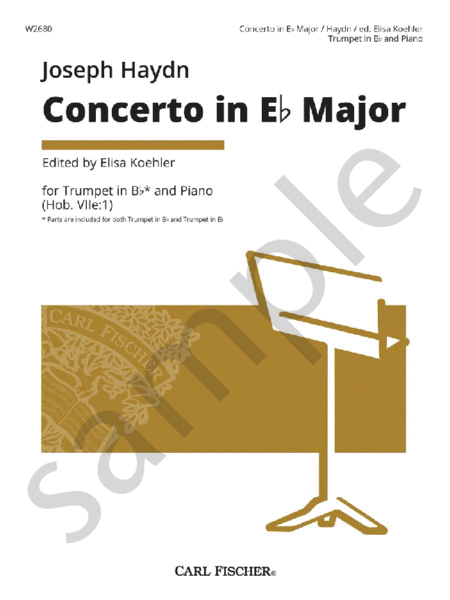
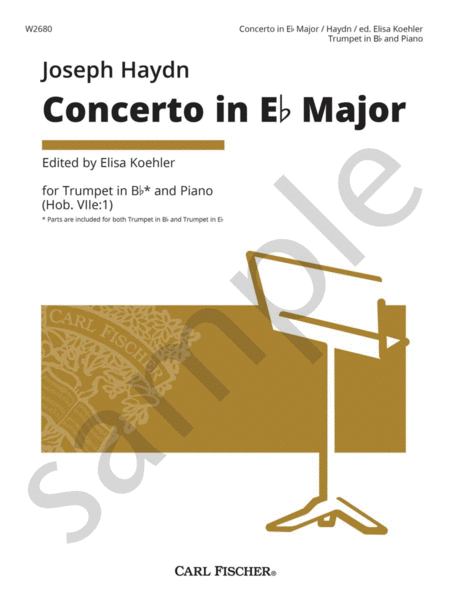
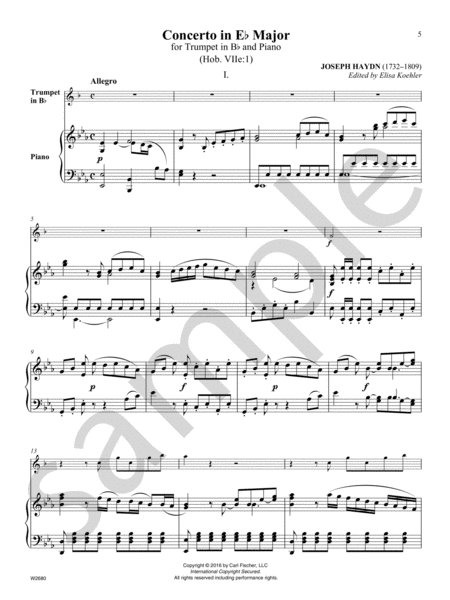
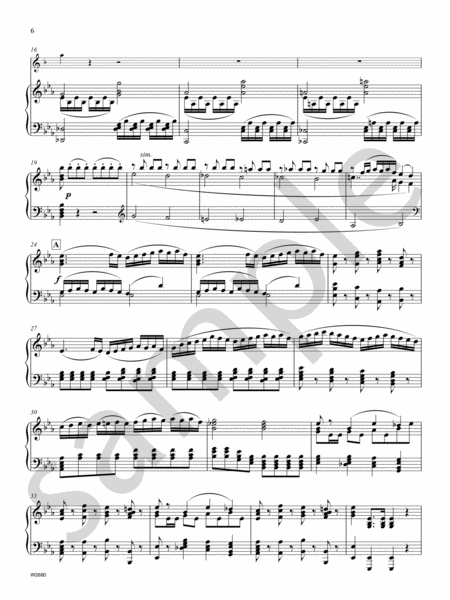
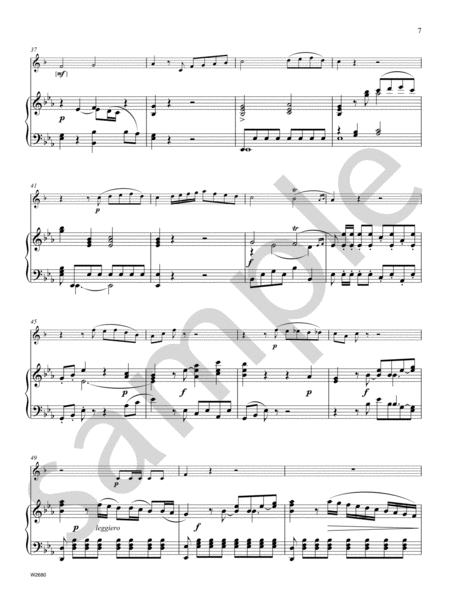
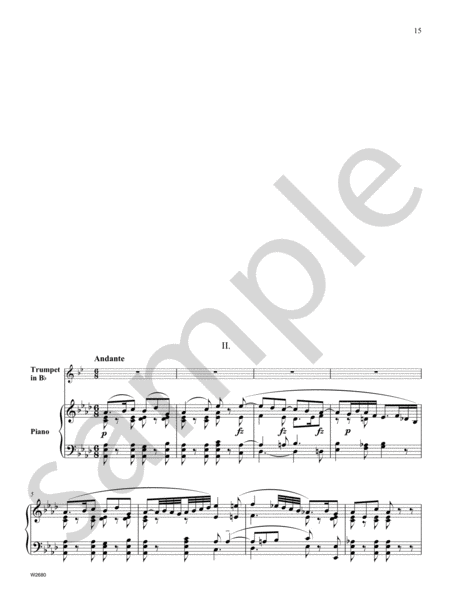
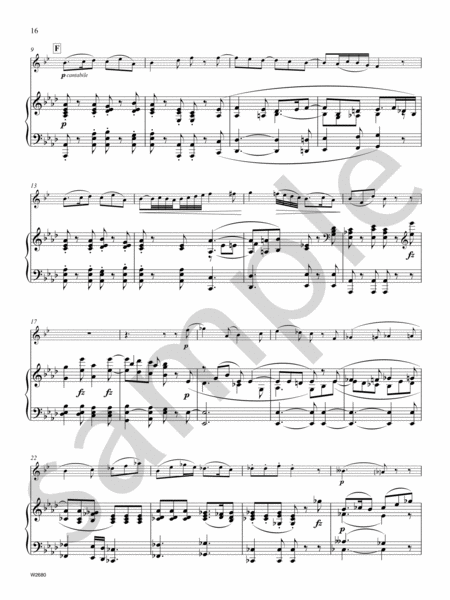
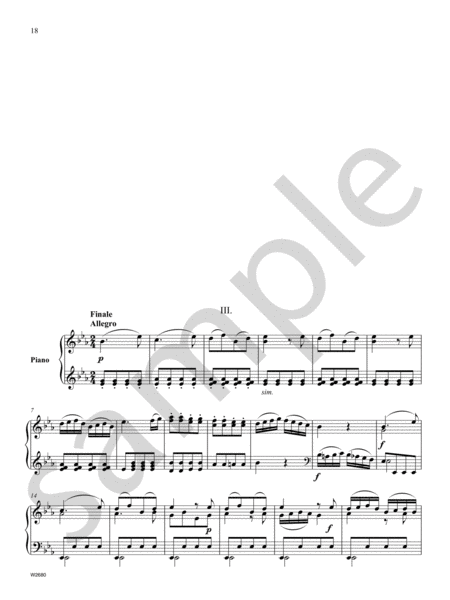
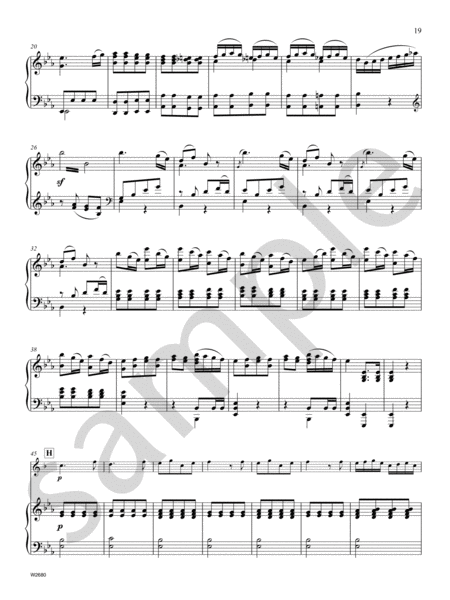
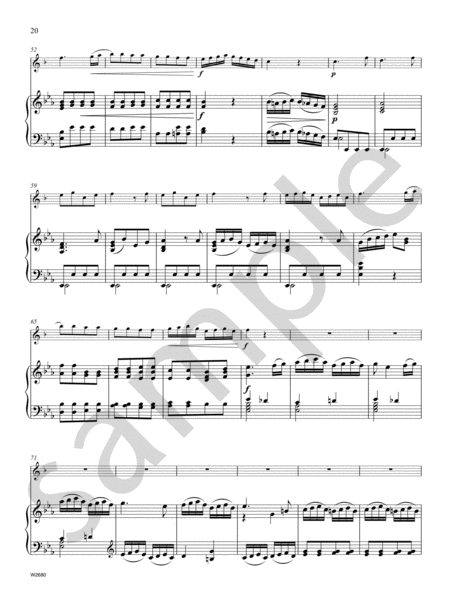
 Share
Share